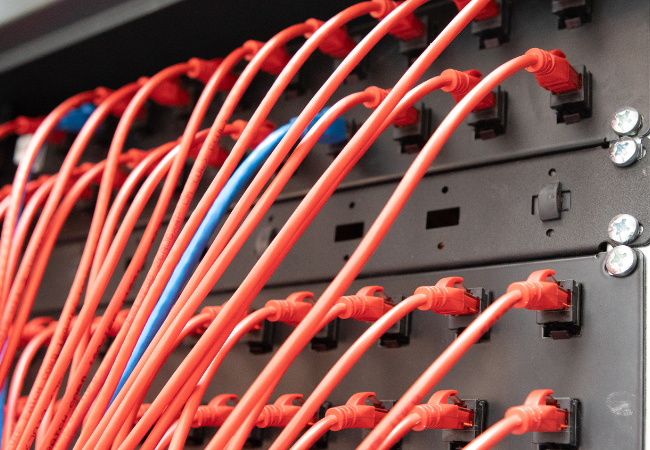The term Conductivity is used in physics to describe how well a material allows the flow of electric current. It’s a fundamental concept that finds its application in various aspects of our daily lives.
Conductivity is a fundamental feature of many materials and is used in a wide range of applications. Electrical conductivity, for example, is required for the operation of electrical wires, batteries, and electronic equipment. Thermal conductivity is used in heat sinks, insulation, and other applications where effective heat transfer is required. In this article, we’ll delve into 20 various examples of conductivity.
Best Examples of Electrical Conductivity
Electrical conductivity is a measure of a material’s ability to conduct an electric current. Here are some of the best conductors:

| Material | Description |
|---|---|
| Silver | Known for its exceptional conductivity, silver is often used in high-quality electrical components. |
| Copper | Copper wires are commonly used in electrical circuits due to their superior conductivity. |
| Gold | This precious metal is not only valuable but also an excellent conductor of electricity. |
| Aluminum | Aluminum is a good conductor and is often used in high-voltage transmission lines. |
| Iron | Iron is a decent conductor and is often used in construction and electrical wiring. |
| Steel | An alloy of iron, steel is a good conductor and is used in many electrical applications. |
| Brass | Brass is a decent conductor and is often used in electrical connectors due to its corrosion resistance. |
| Zinc | Zinc is a fair conductor and is often used in batteries. |
| Nickel | Nickel has moderate conductivity and is often used in rechargeable batteries. |
| Platinum | Platinum has good conductivity and is often used in specialized equipment like thermocouples. |
Best Examples of Thermal Conductivity
Thermal conductivity refers to the ability of a material to conduct heat. Here are some examples:

| Material | Description |
|---|---|
| Diamond | Known for its hardness, diamond also has the highest thermal conductivity of any material. |
| Silver | Apart from its electrical conductivity, silver also has high thermal conductivity. |
| Copper | Like silver, copper is also a good conductor of both electricity and heat. |
| Gold | Gold conducts heat well, making it useful in various industrial applications. |
| Aluminum | Known for its light weight and strength, aluminum also conducts heat well. |
| Iron | Iron conducts heat decently and is commonly used in cooking utensils. |
| Steel | An alloy of iron, steel conducts heat well and is used in many applications like car radiators. |
| Brass | Brass conducts heat reasonably well and is often used in musical instruments. |
| Zinc | Zinc has moderate thermal conductivity and is often used in alloys like brass and bronze. |
| Nickel | Nickel has moderate thermal conductivity and is often used in alloys like stainless steel. |
Examples of Conductivity in Everyday Life
Some Examples of Conductivity in Everyday Life are given below,
- Your electrical wiring’s copper wires transport power to and from your gadgets and devices.
- To safely ground lightning strikes, lightning rods are built of conductive materials.
- To allow electron passage, the electrodes of batteries and fuel cells are composed of conductive materials.
- Semiconductor chips in electrical devices are made of conductive materials, which allow electric current to flow.
- Because metal cookware is a superb thermal conductor, it heats up rapidly and evenly.
- To help dissipate heat, heat sinks in computers and other electrical equipment are composed of good thermal conductors.
- Building insulation is constructed of low thermal conductivity materials that help keep homes and buildings warm in the winter and cool in the summer.
The concept of conductivity and its various examples help us understand the science behind many everyday phenomena and the functioning of our devices. From metals like copper and silver to semiconductors like silicon, the ability of these materials to conduct electricity or heat has a significant impact on our world.
While some materials are good conductors, others are insulators that resist the flow of electricity or heat. Both conductors and insulators play essential roles in different applications.
We hope this article has provided you with valuable insights into the fascinating world of conductivity! Stay tuned for more interesting topics!
FAQs related to Conductivity
How is conductivity measured?
Conductivity is measured in siemens per meter (S/m) or mho/cm.
Why is conductivity important?
Conductivity is crucial in various fields, from electronics to materials science, and has countless practical applications.
What are superconductors?
Superconductors are materials that exhibit zero electrical resistance at very low temperatures.
What is electrical conductivity?
Electrical conductivity is the ability of a material to allow the flow of electrical current.

